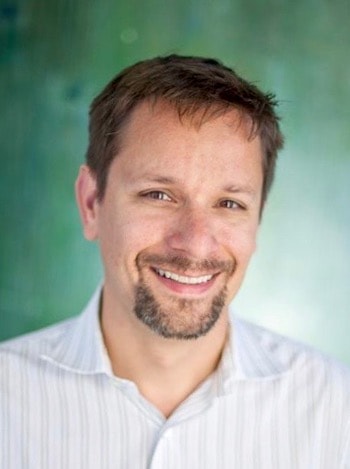Restoring Residential Density by Embracing the ‘City’ in Kansas City

Published April 2nd, 2019 at 12:15 PM
GUEST COMMENTARY
By Kevin Klinkenberg
An expert is someone that lives more than 30 miles away, so it’s said.
Since I’ve spent about nine years living much more than 30 miles away from Kansas City, I suppose that’s made me a bona fide expert.
In my last piece, I wrote about the excitement and positive changes I’ve noticed in the urban core of Kansas City in that period.
It’s important to highlight the good, and celebrate the big and small victories. Savoring the positive is important.
But as Paul Harvey used to say, there’s also the rest of the story.
Way back in 2003 I wrote a column for The Kansas City Star’ “Midwest Voices” called, “Does Kansas City really want to be a city?” In that article, I laid out some qualities of successful urban communities, and asked sincerely, “do we want this?”
Here’s one passage:
“We often think of congestion and parking shortages as dilemmas to overcome. In suburban areas, this is true, as the primary amenity is ease of automobile movement. In urban areas, however, congestion is good.
“It encourages walking and vibrant sidewalk life, which are the primary amenities of urban living. Most of our biggest mistakes have been in applying suburban solutions to urban areas – ignoring the very reasons people choose to live there in the first place.”

Kevin Klinkenberg
I’ve thought about that old column recently, and wondered if I would change much about it today.
The answer is an unqualified: maybe.
It’s obvious the market is embracing urbanity. By that I mean, the purchasing choices of people are revealing a strong interest and demand for a more walkable, urban lifestyle. Notable efforts like the streetcar are changing attitudes and behavior.
It’s also obvious we are in the very early innings of a long game. We still have very large areas that are in decline or nearly abandoned, including locations very close to downtown.
Our up-and-coming areas still have numerous gaps, and our streets and public spaces don’t encourage walking any more than is absolutely necessary. It took decades for the city to decline, and it will take decades for it to fully recover.
I believe the urban core will continue to see improvement. A sizable percentage of people want real urban living, and will put up with all manner of nonsense to get a piece of it.
But we also need to look that reality square in the face, and own up to our mis-steps and challenges.
What would we do if we wanted to accelerate the recent positive change, and begin to achieve our elusive urban potential? Assuming we want to, what ideas would we pursue?
Our potential is vast and impressive. Bear in mind that in 1940, Kansas City had 400,000 people living north of 77th Street, south of the Missouri River and west of the Blue River.
Those 60 square miles are a larger area than how we commonly define the urban core, but not a lot larger.
The 1940s also were an important benchmark because that was right at the beginning of the era when we decided to destroy the city, and spread it out with taxpayer-subsidized easy, free motoring.
Today, we have about 200,000 people in the same geographic area. And, the urban core lags the region by substantial amounts in median household income.
A goal of returning to that 1940 population of 400,000 in the urban core seems utterly reasonable, and even do-able given the current optimism. But what if we thought bigger?

The East Village area remains an undeveloped promise bordering the downtown central business district.
What if we shed our Midwestern cautiousness and planned to add 400,000 more in the urban core? Even at 600,000 total people in the same area, it’s only a density of 10,000 people per square mile.
That’s still below the density of Berkeley, California. We’re not talking Paris or New York.
What might we reconsider if we had such a goal? How would it impact some of our own long-held beliefs about this place and how we live in it?
Given our current population projections, an urban core of 600,000 in 2050 would only be about one-fourth of the whole metropolitan region. That’s not exactly out of the realm of possibilities.
In the last of this series, I’ll share some specific thoughts on how to achieve such a goal, and what it might mean for our sacred cows.
Kevin is an architect, urban designer and Principal of K2 Urban Design & Development. His 25 years of professional experience include leading 180 Urban Design & Architecture for a decade and leading a development authority in Savannah, GA.
He also writes occasionally at messycity.com. Kevin attended the University of Kansas and lived in Midtown KC from 1993-2010.


